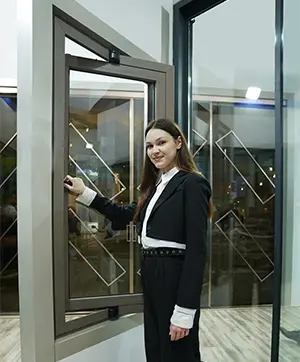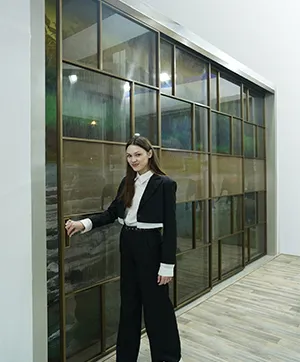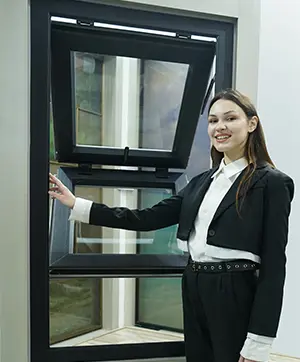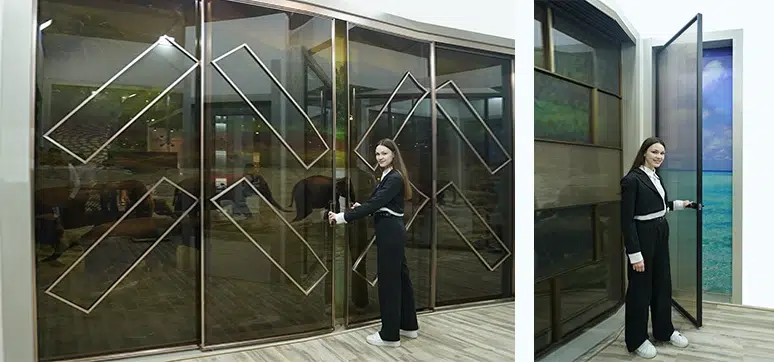What is the size of the present façade, door & window market in India?
As of the latest estimates, the façade, door, & window market in India boasts a substantial size, reaching into the billions of dollars. This dynamic market reflects the country’s thriving construction sector, driven by urbanization, increasing real estate activities, and a growing demand for modern infrastructure. The size of this market is indicative of the significant investment and development in the construction industry, showcasing a robust demand for innovative and aesthetically pleasing façade, door, and window solutions across residential, commercial, and industrial sectors throughout the country.
What are the driving factors of the façade and fenestration industry?

The façade and fenestration industry is propelled by several key factors. Urbanization is a primary driver, with the burgeoning need for infrastructure and commercial spaces. Rising construction activities, both residential and commercial, contribute significantly. Increased awareness and demand for energy-efficient solutions propel the industry towards sustainable practices. Architectural trends emphasizing aesthetic appeal and innovative designs also fuel market growth. Additionally, a focus on improving thermal and acoustic insulation, coupled with advancements in material technologies, further drives the evolution of the façade and fenestration industry in response to the dynamic demands of modern construction and design preferences.
What are the evolutions in façade, door & window technologies and materials? How do you envision the facades and fenestrations of 2050 in terms of technologies and materials?
Evolution in façade, door, and window technologies involves smart materials, energy-efficient glass, and digital integration. Innovations in sustainable materials enhance environmental performance. Envisioning 2050, facades and fenestrations are likely to incorporate cutting-edge technologies such as self-healing materials, responsive facades adapting to weather conditions, and advanced energy-capturing systems. Smart glass with dynamic transparency and integrated sensors could be commonplace. Eco-friendly and recyclable materials might dominate, aligning with a heightened emphasis on sustainable construction. The futuristic landscape may showcase structures that seamlessly blend technology, aesthetics, and sustainability, redefining the standards of architectural excellence.

What is your forecast for the façade and fenestration industry for 2030?
The forecast for the façade and fenestration industry until 2030 is highly optimistic. Anticipated robust growth is driven by urbanization, a surge in construction projects, and a heightened focus on sustainability. Technological advancements, including smart materials and energy-efficient solutions, will reshape the industry landscape. Increased demand for innovative designs, coupled with a growing awareness of environmental impact, will drive the adoption of eco-friendly materials. The industry is poised for transformative shifts, meeting the evolving needs of modern architecture. Overall, the next seven years hold exciting prospects for the façade and fenestration sector, marking a period of significant expansion and innovation.
CONCLUSION

It can be concluded that the trends collectively showcase a shift towards more sustainable, technically advanced, and aesthetically diverse facade and fenestration designs in the Indian market. This sector’s evolution continues to be shaped by a balance between aesthetics and technology.
Sustainability is going to be the buzz in the coming decade. Most projects would seek green-certified products. This decade will be witnessing some outstanding and excellent out-of-the-box material finishes, which will be introduced to the market. The future of this industry will be safe if it maintains and safeguards the standards for the products.
Due to the growing environmental concerns, several measures are being undertaken by the government of India (GoI) to promote the use of sustainable construction materials and minimise carbon emissions. Along with the advent of technology and awareness, there is a demand for high-quality facades that regulate temperature, protect against rain, and resist corrosion to ensure comfortable and durable buildings on account of changing climatic conditions like heat, humidity, and monsoon is strengthening the growth of the market.
Based on the comments from all the industry leaders and reports, we can come to an inference that the Indian Window, door, and façade market would vroom again if the manufacturers stress maintaining quality, testing, and certification while advancing technologies including digitalization and sticking to sustainability priorities.














